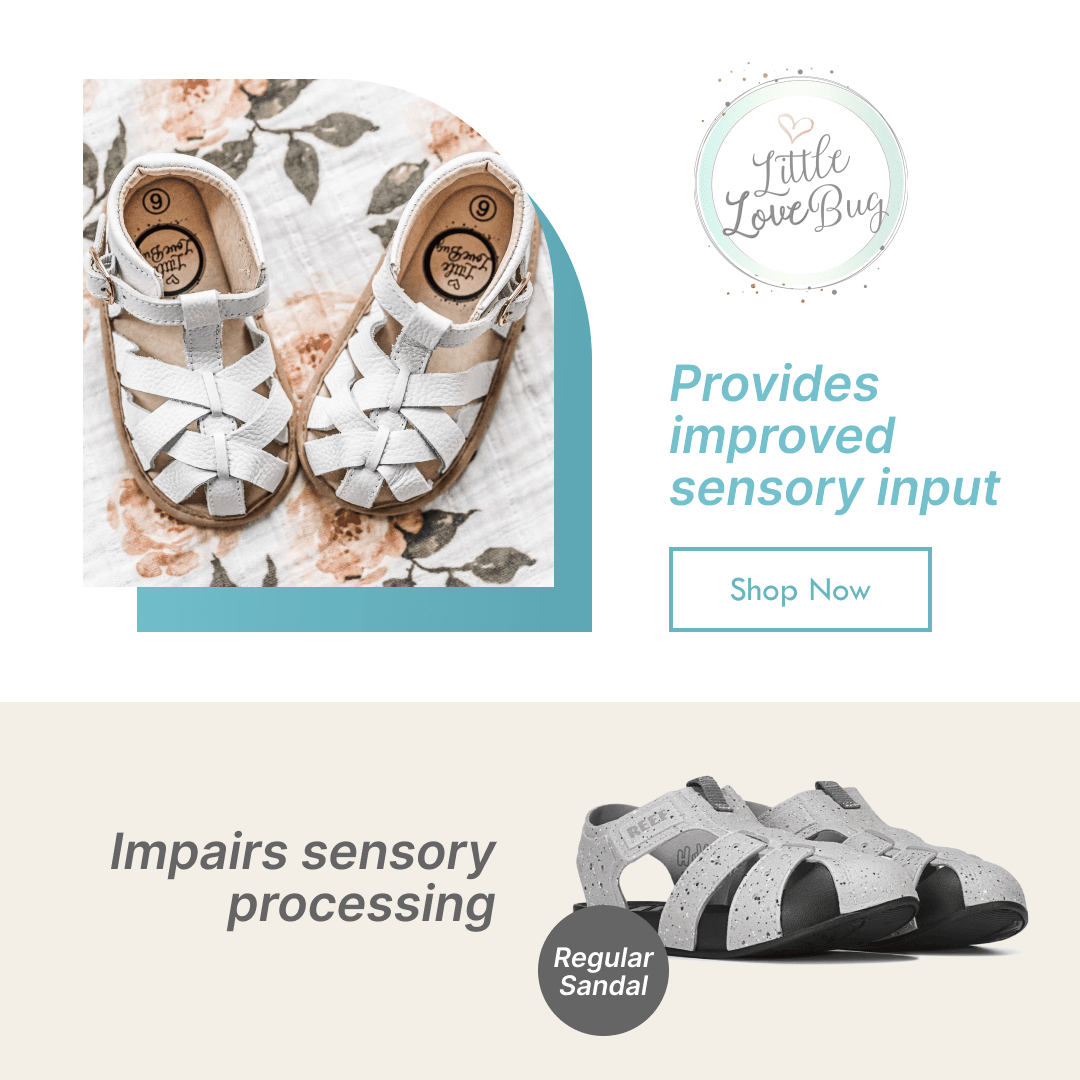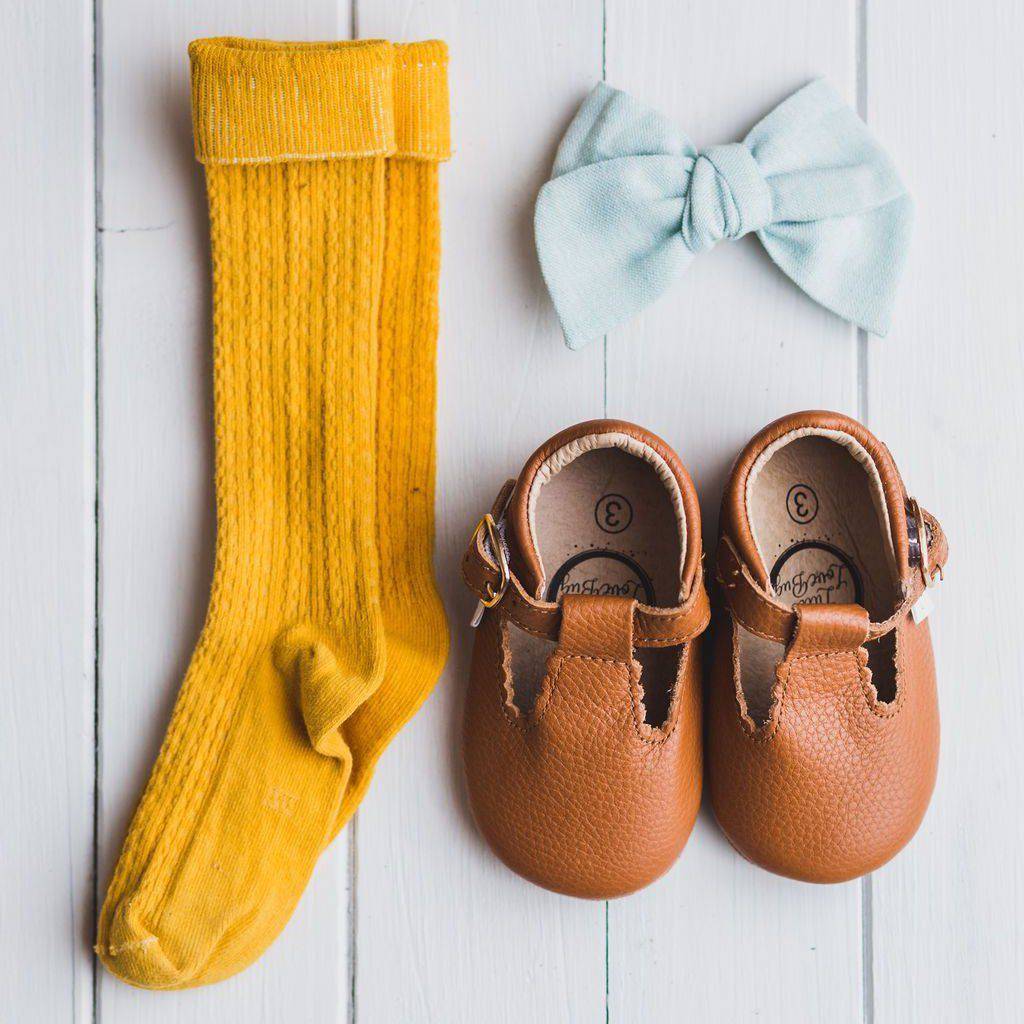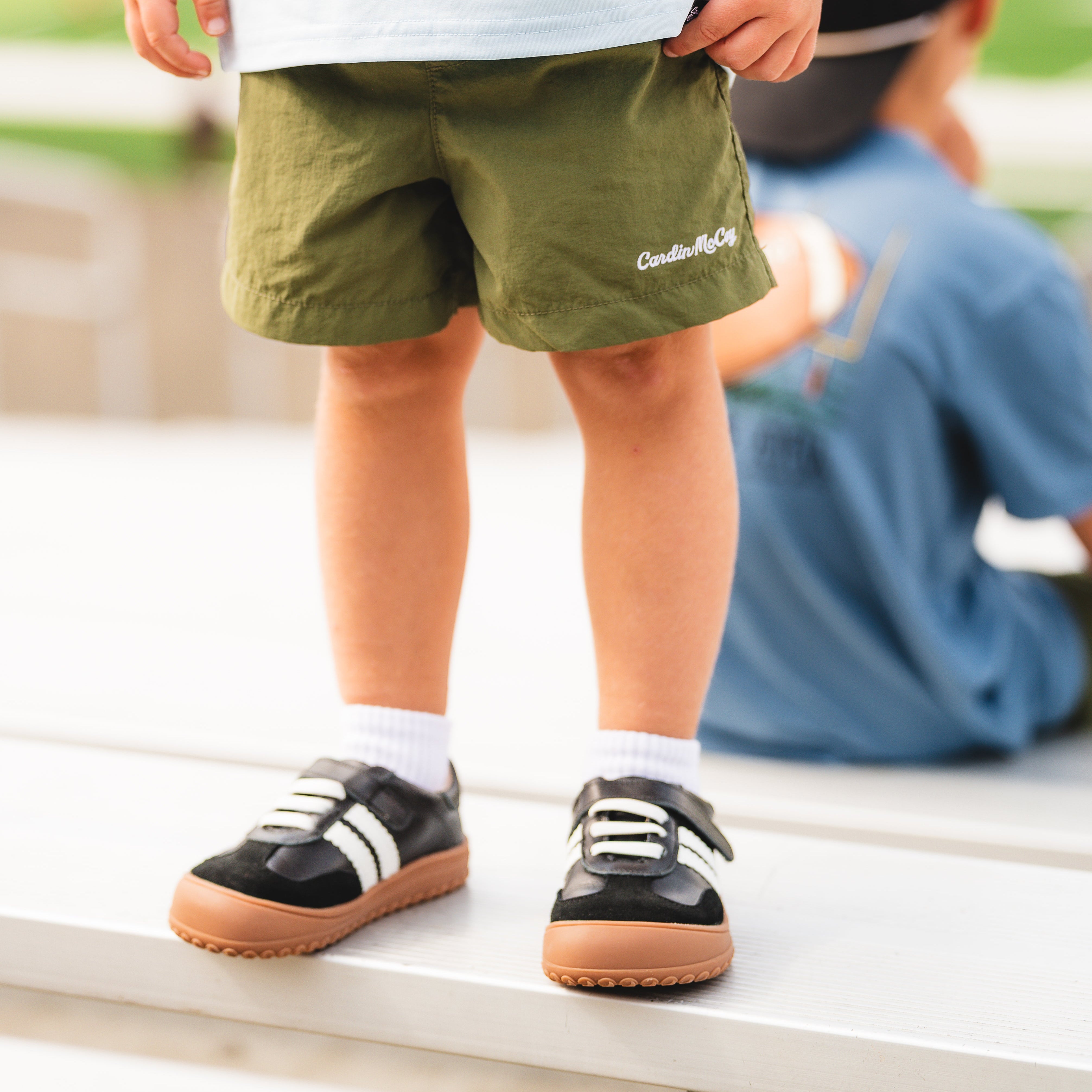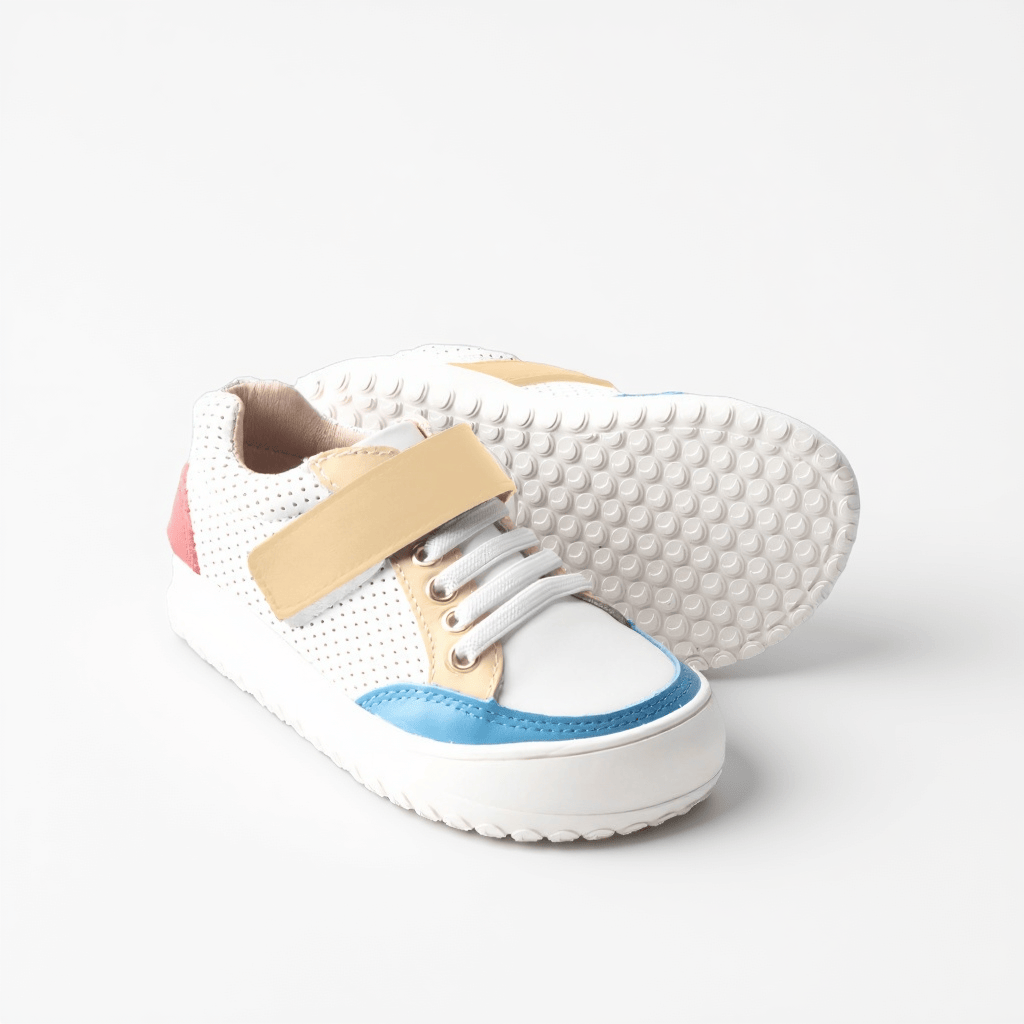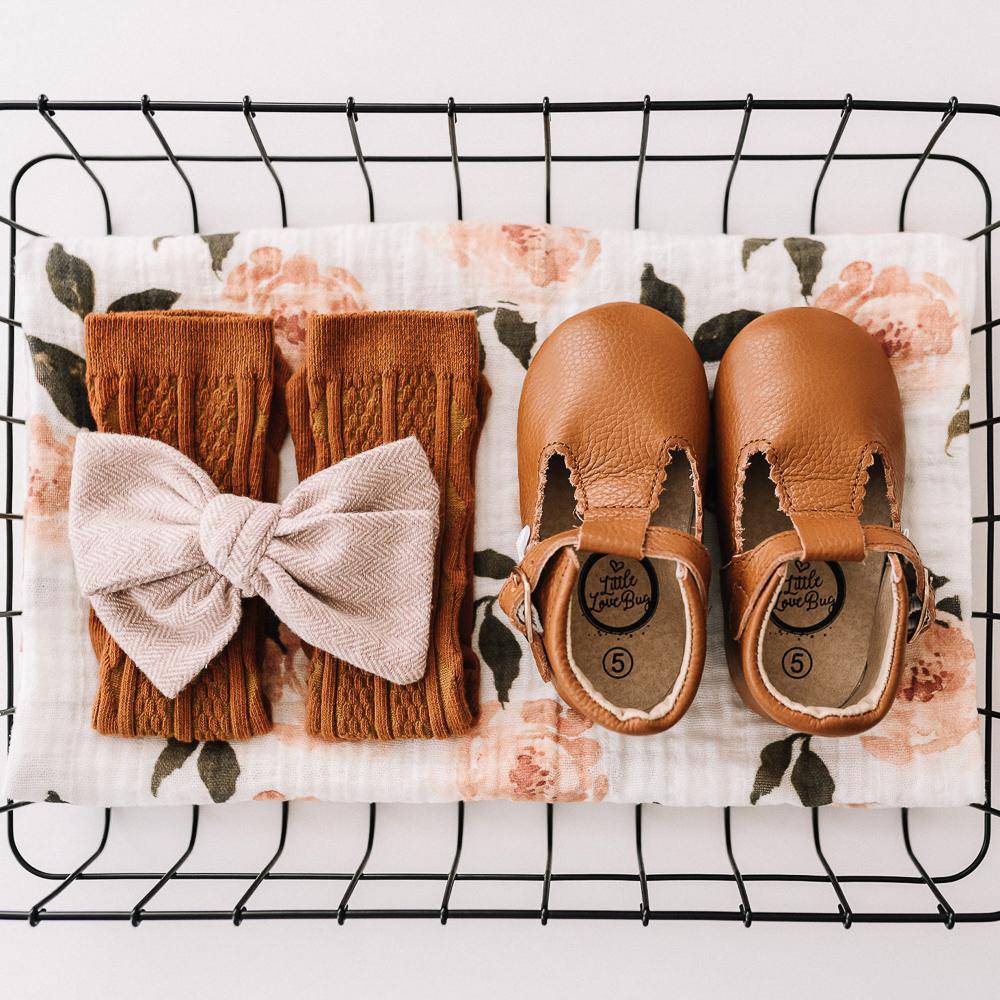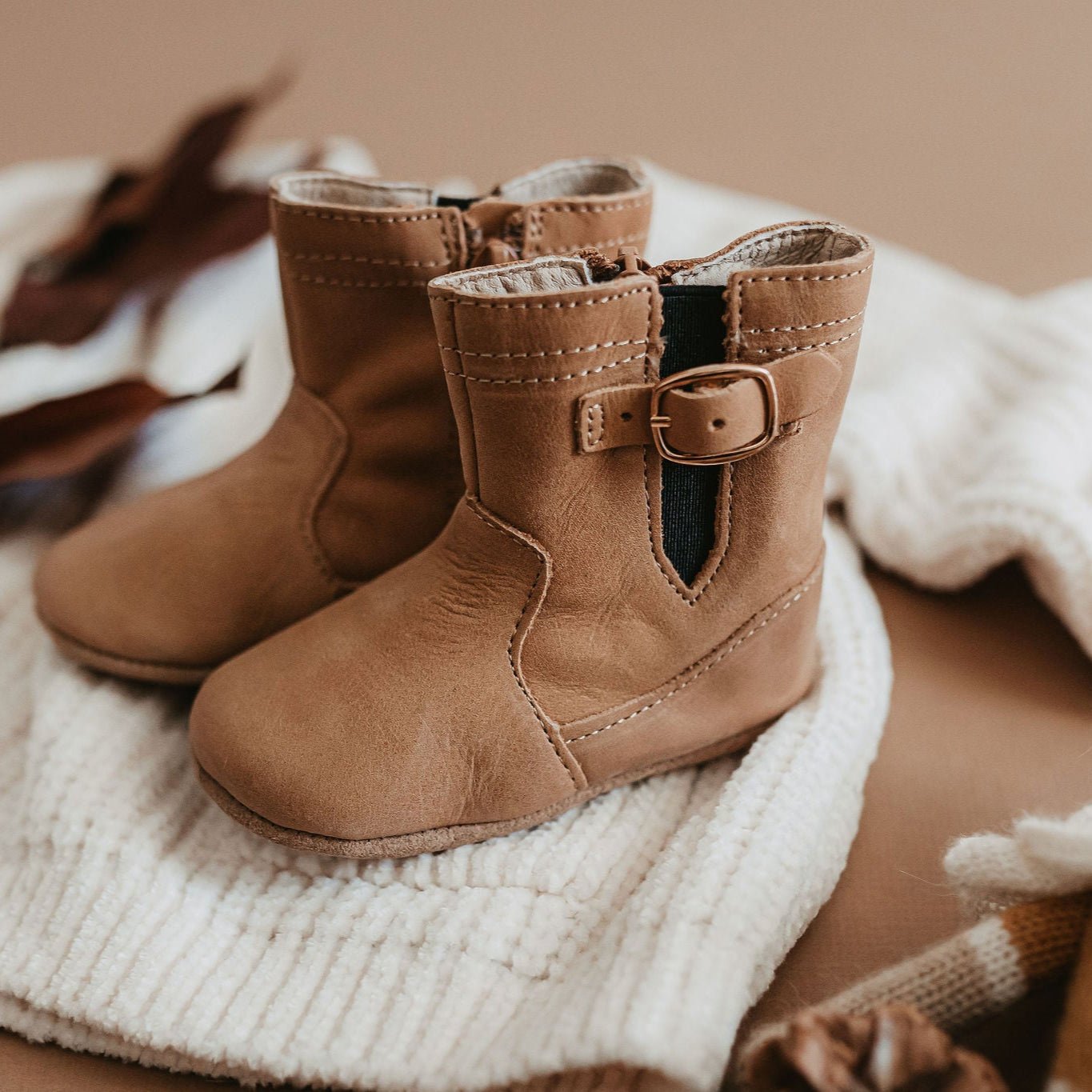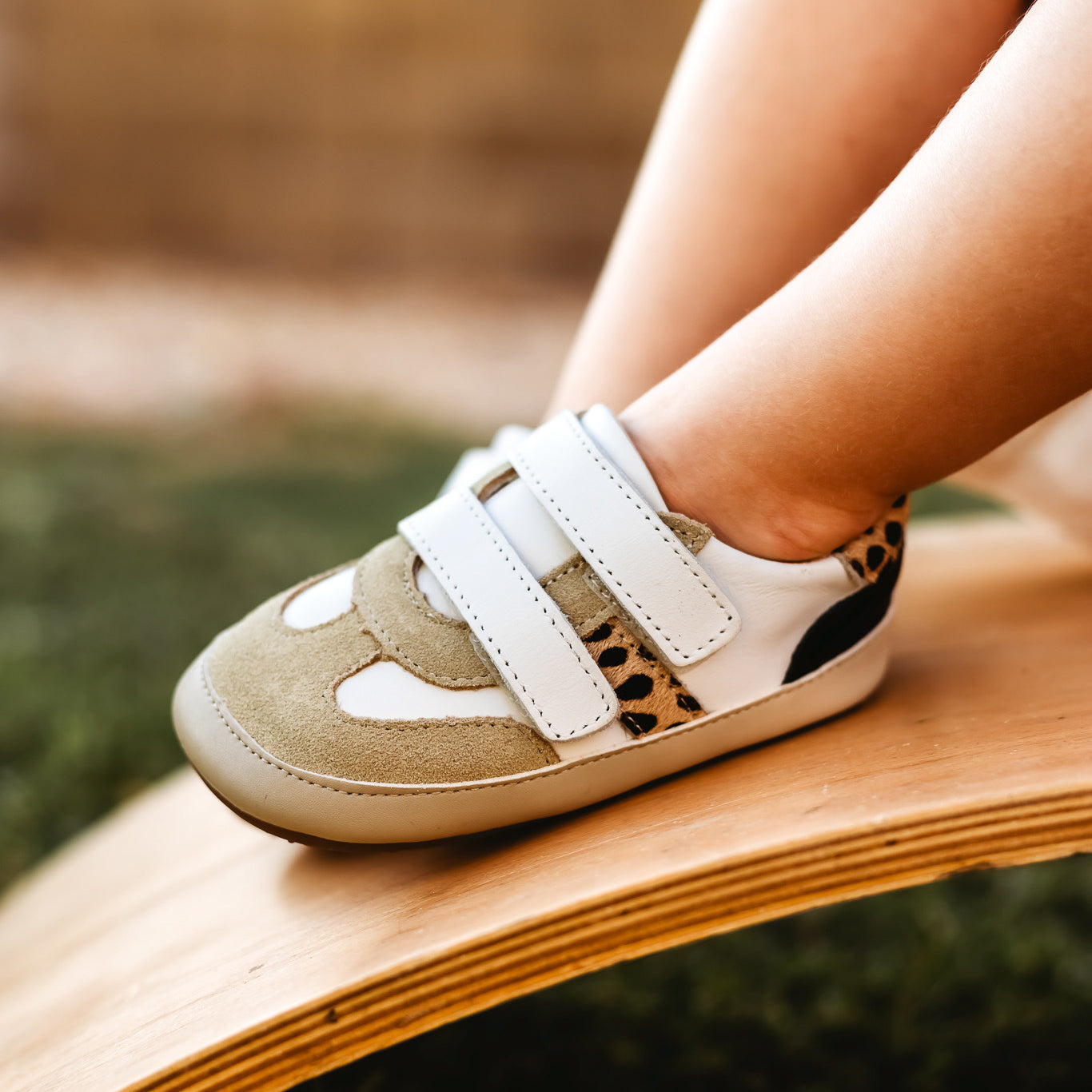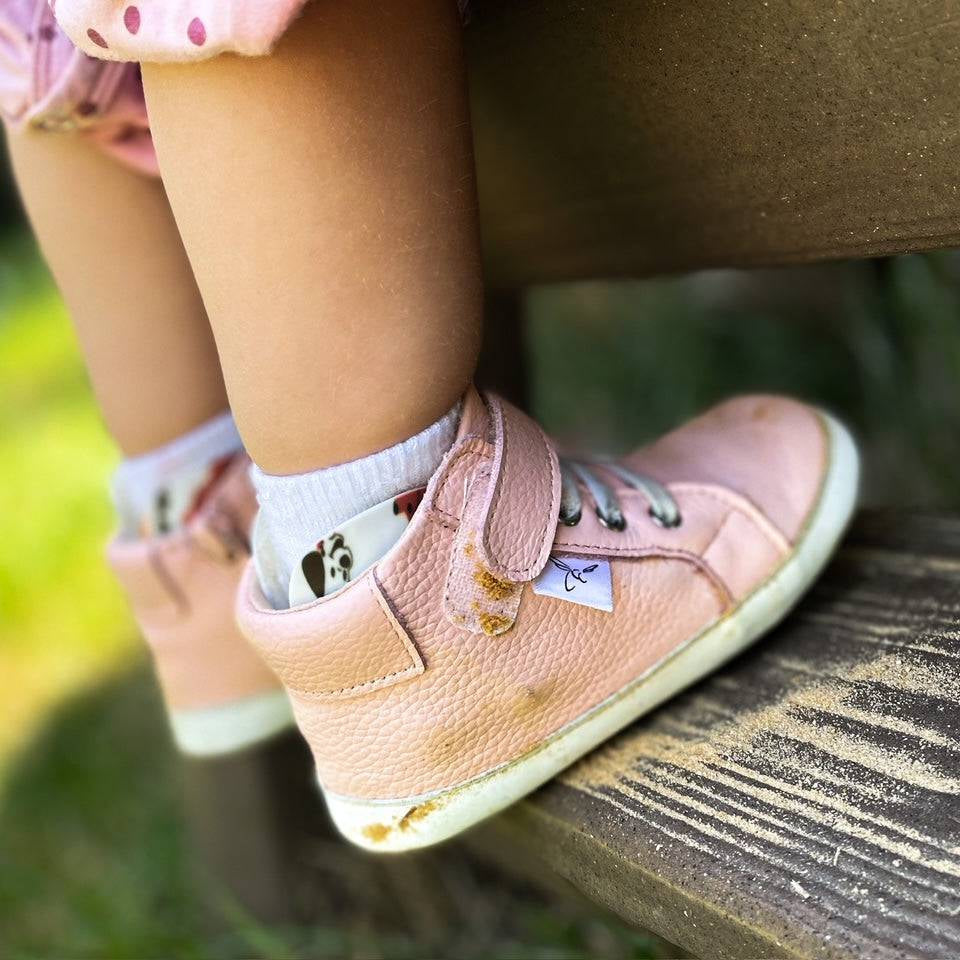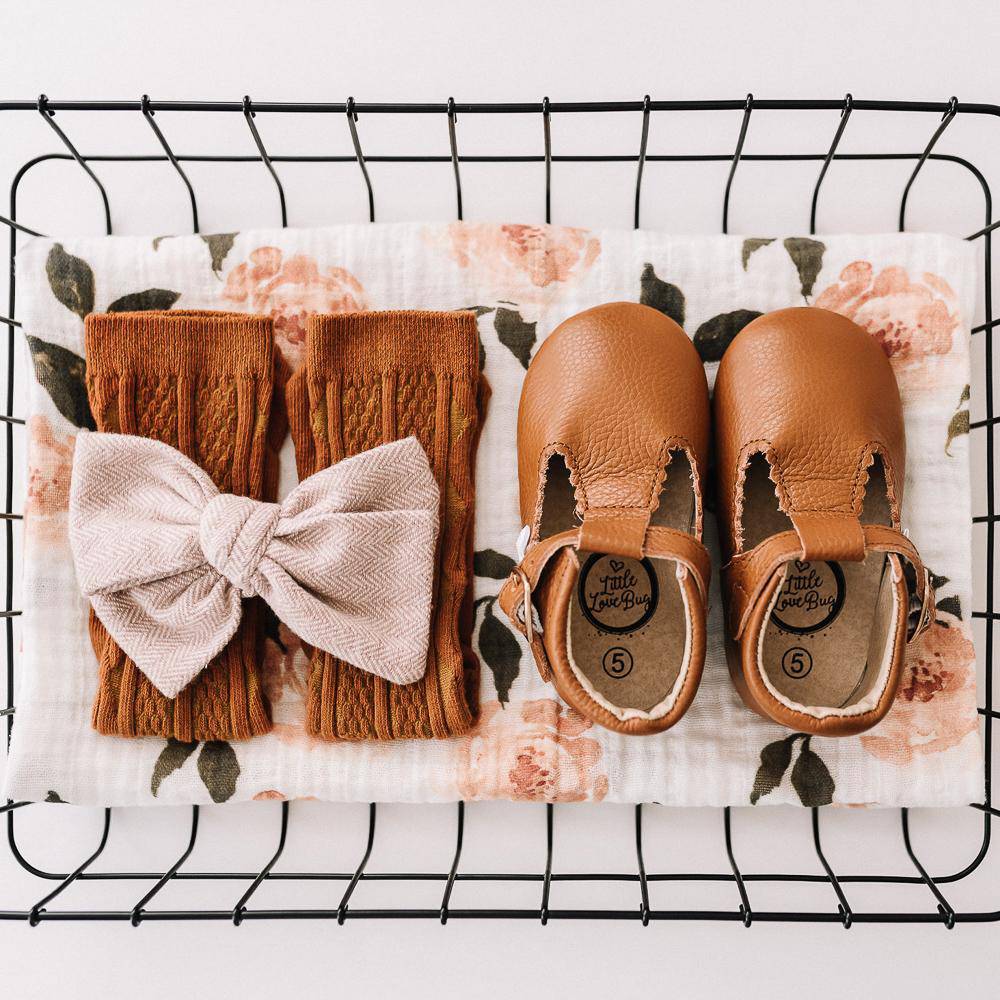Plantar fasciitis is a condition that causes pain and discomfort in the heel and bottom of the foot. It occurs when the plantar fascia, a band of tissue that runs from the heel to the toes, becomes inflamed and irritated.
Some common symptoms of plantar fasciitis include:
1. Pain and stiffness in the heel or bottom of the foot, typically worse in the morning or after prolonged periods of rest.
2. Sharp or stabbing pain that may feel like a bruise or ache along the arch of the foot.
3. Tenderness or soreness in the heel or bottom of the foot, particularly when standing or walking for long periods of time.
4. Swelling or redness in the affected area, although this is less common.
5. Pain that increases over time and may be exacerbated by certain activities, such as running or jumping.
Plantar fasciitis is typically caused by repetitive strain and stress to the plantar fascia, the band of tissue that runs along the bottom of the foot from the heel to the toes. This strain can result in small tears in the fascia, leading to inflammation and pain. Some common factors that may contribute to the development of plantar fasciitis include:
-
Overuse or sudden increase in physical activity: Participating in activities that put repetitive stress on the feet, such as running or jumping, can increase the risk of developing plantar fasciitis. A sudden increase in physical activity can also put additional strain on the fascia.
-
Foot mechanics: Abnormal foot mechanics, such as flat feet or high arches, can place additional stress on the plantar fascia and increase the risk of developing plantar fasciitis.
-
Improper footwear: Wearing shoes with poor arch support or inadequate cushioning can increase the risk of developing plantar fasciitis.
-
Age: Plantar fasciitis is more common in individuals over the age of 40, as the plantar fascia can become less flexible and more prone to injury with age.
-
Obesity: Excess weight can put additional stress on the feet and increase the risk of developing plantar fasciitis.
By identifying and addressing these risk factors, individuals can potentially reduce their risk of developing plantar fasciitis or prevent it from recurring.
Wearing barefoot shoes can potentially help alleviate plantar fasciitis by allowing the foot to move and function more naturally, and by providing a more supportive environment for the foot.
Here are some ways that barefoot shoes may benefit individuals with plantar fasciitis:
1. Strengthen the muscles of the foot: Barefoot shoes typically have minimal cushioning and support, which means that the foot has to work harder to maintain stability and balance. This can help to strengthen the muscles of the foot, which may reduce the strain on the plantar fascia.
2. Improve flexibility and range of motion: Barefoot shoes allow the foot to move more naturally, which can help to improve flexibility and range of motion. This may reduce the risk of developing plantar fasciitis, and may also help to alleviate symptoms in individuals who already have the condition.
3. Provide a more supportive environment for the foot: Many barefoot shoes have a wider toe box and a more anatomical shape than traditional shoes, which can provide a more supportive environment for the foot. This can help to reduce the strain on the plantar fascia, and may also improve overall foot health.
In addition to wearing barefoot shoes, there are other natural remedies that may help to alleviate the symptoms of plantar fasciitis, including:
1. Stretching exercises: Stretching the calf muscles and the plantar fascia can help to reduce pain and improve flexibility.
2. Ice therapy: Applying ice to the affected area can help to reduce inflammation and alleviate pain.
3. Foot massages: Massaging the foot can help to improve circulation and reduce tension in the muscles and fascia.
4. Rest and recovery: Giving the foot time to rest and recover can help to reduce inflammation and promote healing.
It is important to note that barefoot shoes may not be appropriate for everyone, especially those with pre-existing foot conditions or injuries. If you are experiencing foot pain or discomfort, it is important to consult with a healthcare professional before starting any new treatment or exercise program.

